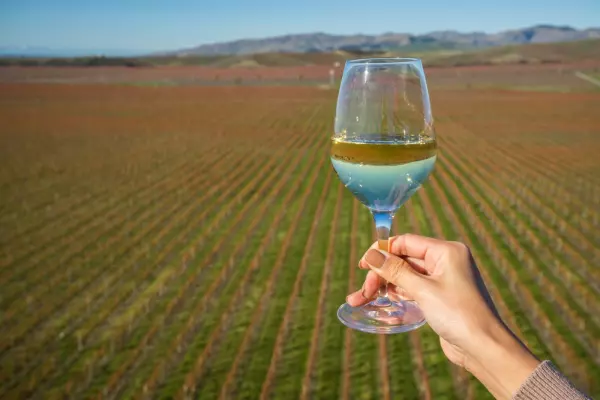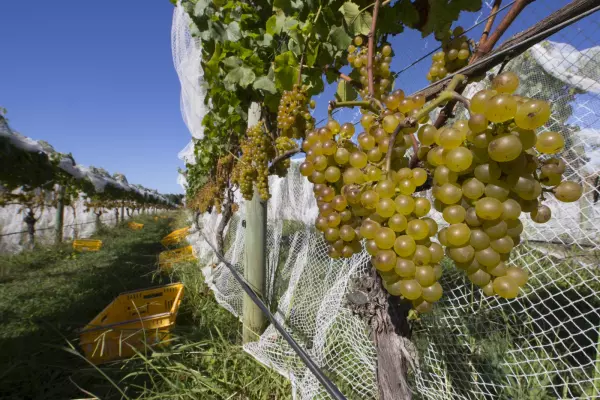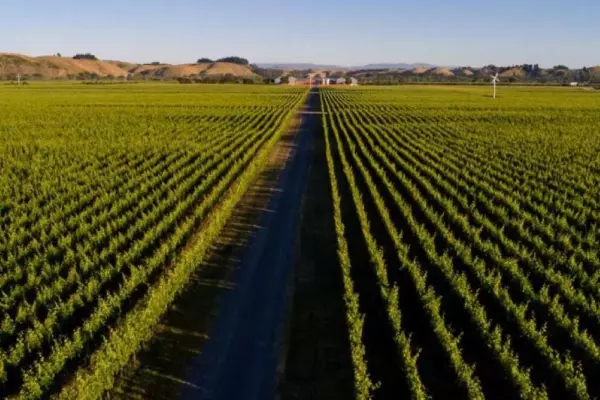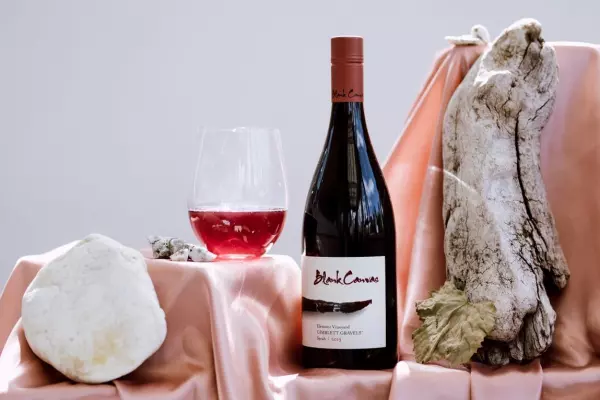I have been running wine courses since 1986, mostly in New Zealand but also in Australia, Singapore, Malaysia, China and the United Kingdom. I recently shook hands with the 23,042nd graduate. I’ve probably had at least as many questions on wine. Here are my top 10.
I’ve had this bottle for many years. Is it worth anything or should I drink it?
All wine changes with age but that doesn’t mean it automatically gets better and more valuable. Around 90 percent of the world’s wine is made to be enjoyed within a year of bottling. It’s important to understand that before getting your hopes up about an ancient bottle. It may be valuable, it may taste like nectar from the gods, but the vast majority of enquiries I get relate to bottles that are worthless and probably taste bad. I ask the hopeful bottle owner to stand the bottle upright. If the gap between the cork is more than 25mm, the wine might not have been stored well and is unlikely to be valuable or palatable. That doesn’t apply to screwcaps. They don’t leak, and they last longer.
Are screwcaps really better than corks?
Yes, at least for white wines and lighter reds such as pinot noir. I’ll need a bit more time before I can say the same for fuller-bodied and more age-worthy reds such as syrah and cabernet sauvignon blends.
Wine labels often show “preservative 220 added”. What is it?
Preservative 220 is sulphur dioxide, a chemical that has been widely used to preserve the life of food and beverages for many hundreds of years. Organic wines have a lower permitted maximum of sulphur dioxide. A growing number of “preservative-free” wines are now available to cater for wine drinkers who are opposed to its use.
What should I do in a restaurant when the waiter offers me a taste?
It is an invitation to check that the wine you have ordered is not faulty. Oxidation or cork taint are the two most common faults, although, fortunately, both are now rare thanks largely to the introduction of screwcaps. If you decline to taste the wine and someone at your table believes it is faulty, you haven’t forfeited your right to reject it. I always accept an invitation to taste because it gives me a chance to decide whether the wine is at the right temperature.
I want to buy a bottle that will last 21 years for a christening present. What should I pick?
For a wine that will survive for that long, you are probably best to choose a fairly robust, full-bodied red such as syrah or a cabernet sauvignon-based blend, preferably with a screwcap. You will also need to store the wine in a cool, dark and well-insulated spot.
What fish, animal and dairy products are used to make wine?
Wine producers are required to list on the label any products they have used in the winemaking process that could potentially cause an allergic reaction. These include dairy products (casein may be used as a fining agent), poultry products (egg white is popular for clarifying red wine), meat products (gelatine is sometimes used to fine wine) and fish products (isinglass from fish, especially sturgeon, can be used to clarify white wine).
Is organic wine better?
When I’m asked this question, I’m never sure whether they mean “does it taste better” or “is it better for you”. I’m inclined to answer “both” but lack the scientific proof to support the claim. Organic wine does not rely on herbicides, fungicides or pesticides – which must be a good thing. Does it taste better? Some of the greatest wines made in New Zealand and around the world are organic, but there is no evidence to suggest that they would not taste just as great if they were non-organic.
How can I get a job in the wine industry?
First, define what part of the industry you’d like to work in. For example, wine producers need people to work in the vineyard or winery and salespeople behind the counter or out in the field. Wine distributors need administrators and sales staff. Retailers need knowledgeable people behind the counter, as well as store managers. There are also opportunities to work with wine at many restaurants. Don’t ignore all of the industries that support the winemakers by selling them products (barrels, equipment, labels etc.) or services (accountants, marketing consultants, vineyard consultants etc.). Next, thoroughly explore all of the potential employers in the field you choose and narrow the list down to the ones you favour. What can you offer a potential employer? Do you need more qualifications in your chosen field? Should you start at a more junior level to gain experience?
How can I learn more about wine?
My wine education started with a few friends deciding to meet monthly for a wine tasting. It was fun and, for a small cost, we were able to taste many wines and learn from that experience.
Wine courses are more structured and will fast-track your wine knowledge. Wine & Spirit Education Trust courses provide an internationally recognised qualification as well as a worldly view of wine.
My own one-day wine education course focuses on the technique of wine profiling, which can greatly increase your understanding of wine. I also cover the “need to know” topics such as wine-and-food matching, cellaring wine and much more.
There is no substitute for tasting as many different wines as possible. Visit wineries, attend wine retailer tastings and take advantage of wine festivals such as Winetopia.
I love red wine but get blinding headaches when I drink it. Why is this?
There is a recognised medical condition called “red wine drinkers headache syndrome”. Apparently, the tannins in red wine trigger the production of histamines from a gland in the body. Most people don’t have a problem with that, but some get severe headaches.
Bob’s Top Picks
Investment Wine

Rockburn 2019 The Art Pinot Noir, Central Otago, $96
From a top vintage and a premium vineyard in the Dunstan foothills, this limited-edition wine is a top-quality, age-worthy pinot noir that promises to develop well for at least another decade. Destined to be a classic.
Weekend Wines
Top White

Neudorf 2019 Tiritiri Chardonnay, Nelson, $27
A new entry-level chardonnay label from three vineyards in the Upper Moutere. Bright, tangy chardonnay with lemon tart, oyster shell, nectarine, root ginger and spicy oak flavours. Made to Neudorf’s usual high standards. Accessible now, but no rush. Top value.
Top Red

Bald Hills 2018 3 Acres Pinot Noir, Central Otago, $32
Bright, fresh, vibrant pinot noir with floral/violet/rose petal, dark cherry, anise/spice, and a hint of spicy oak. High-energy wine that’s deliciously drinkable now but should develop well with a little bottle age. Great value at this price.
Read more from Bob at therealreview.com














